Quercus velutina
Black Oak
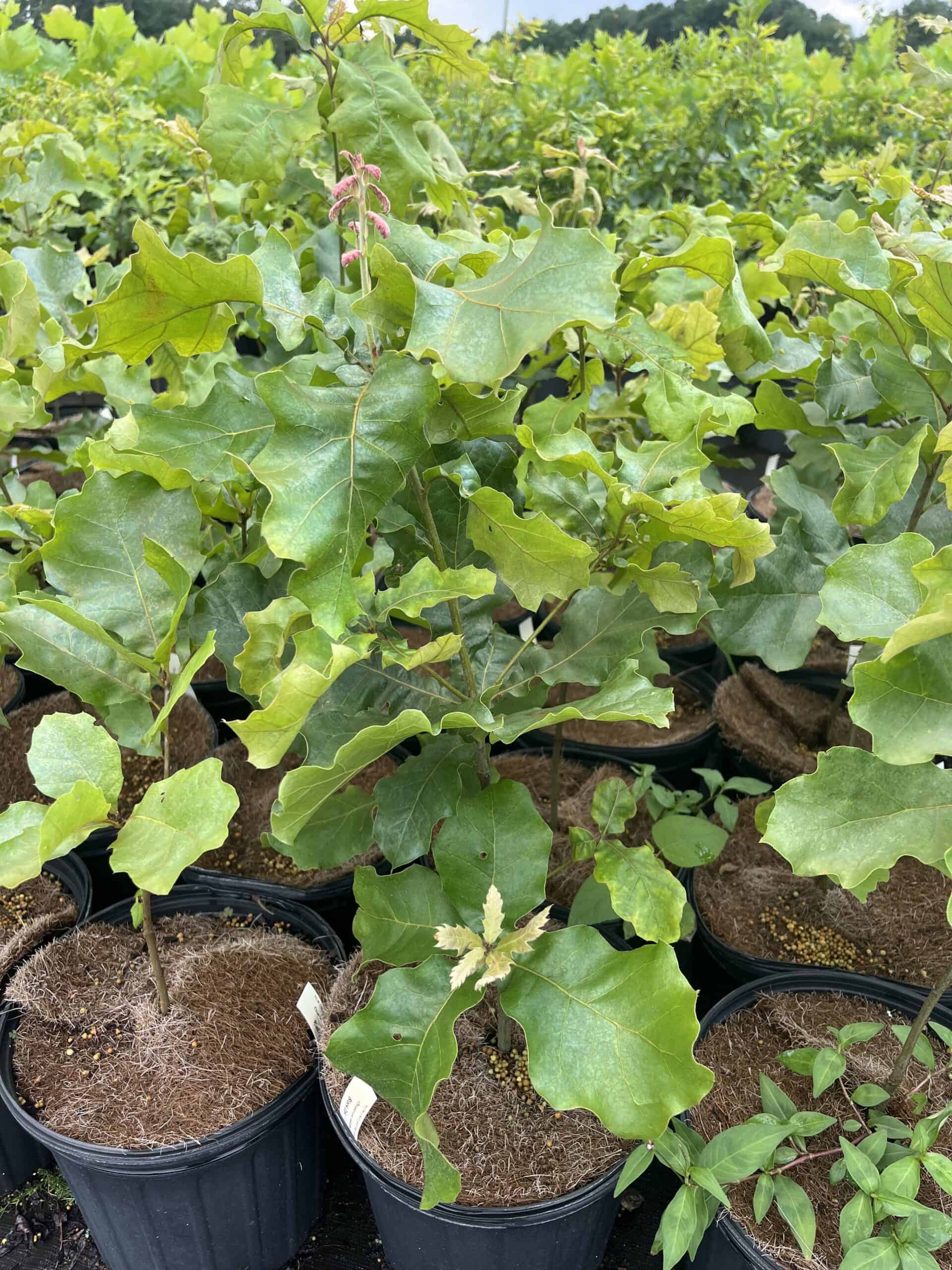
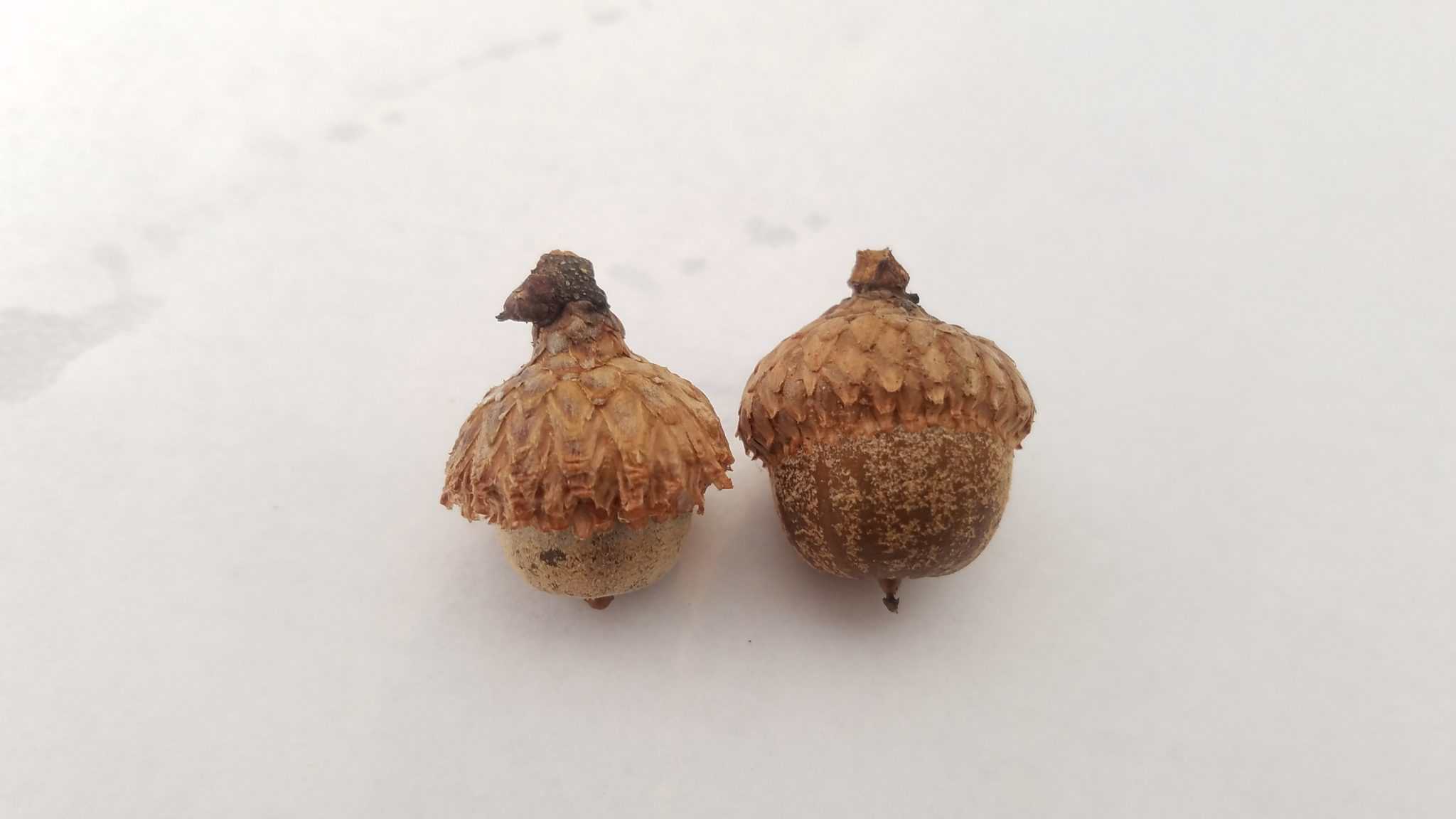
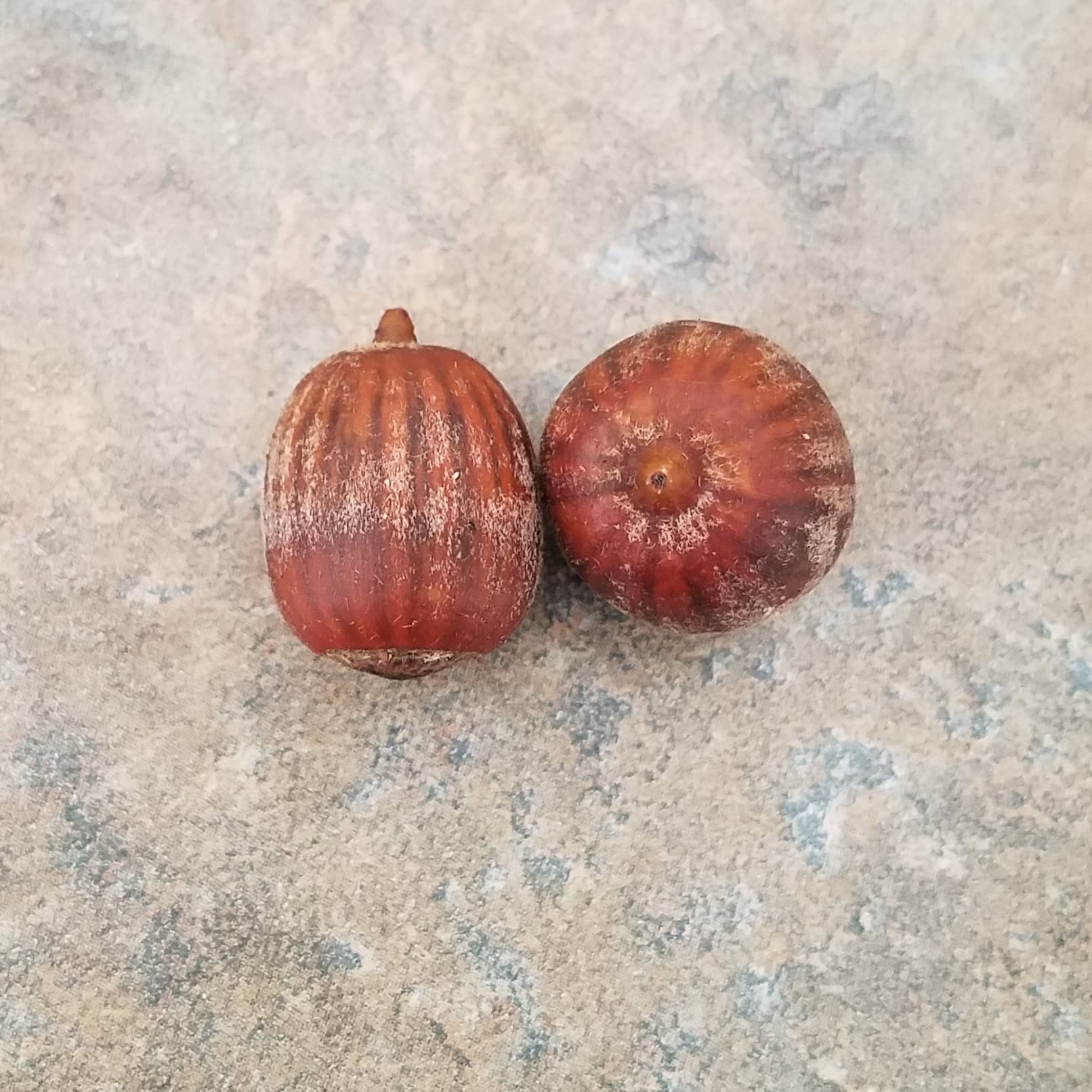
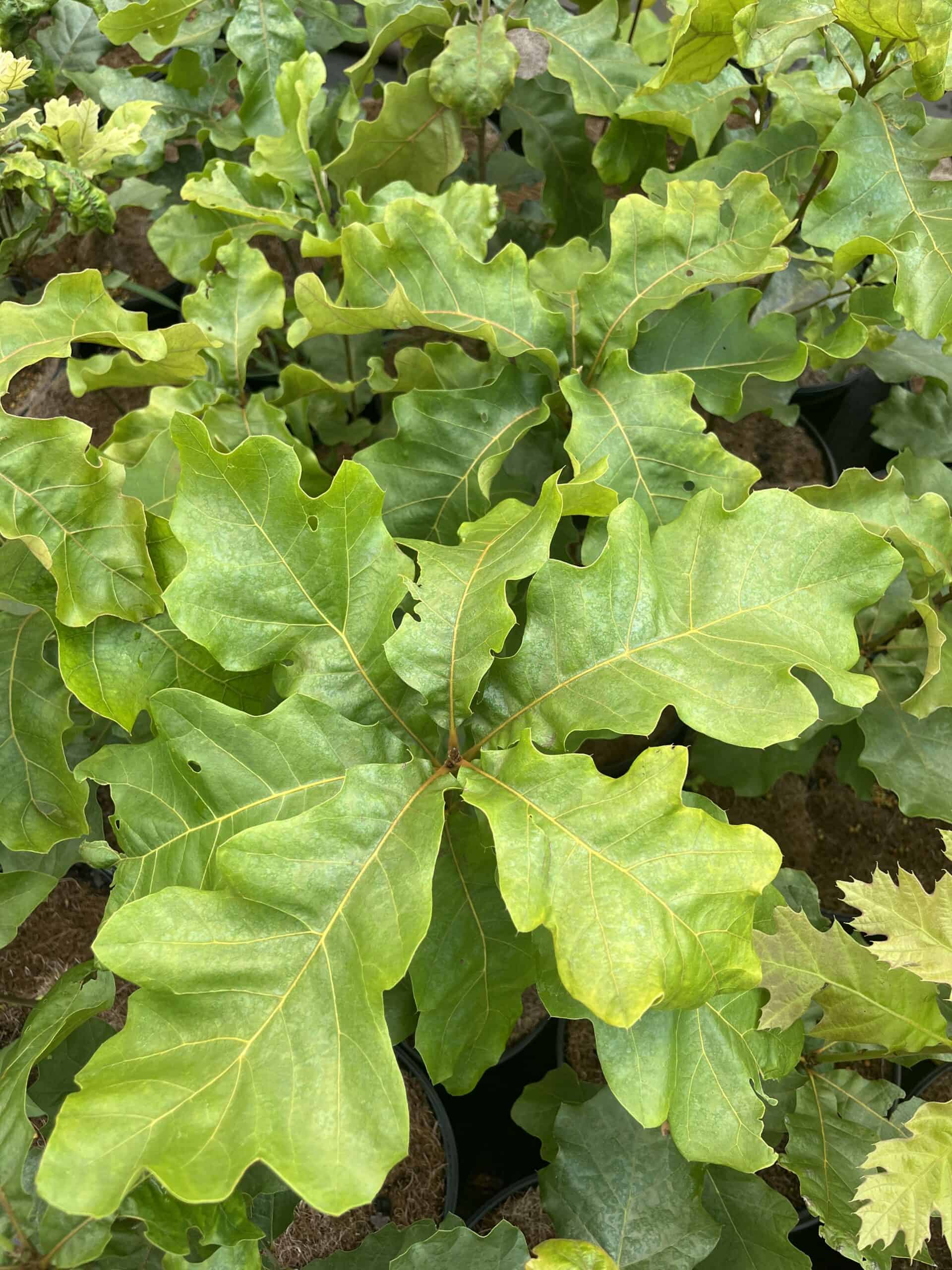
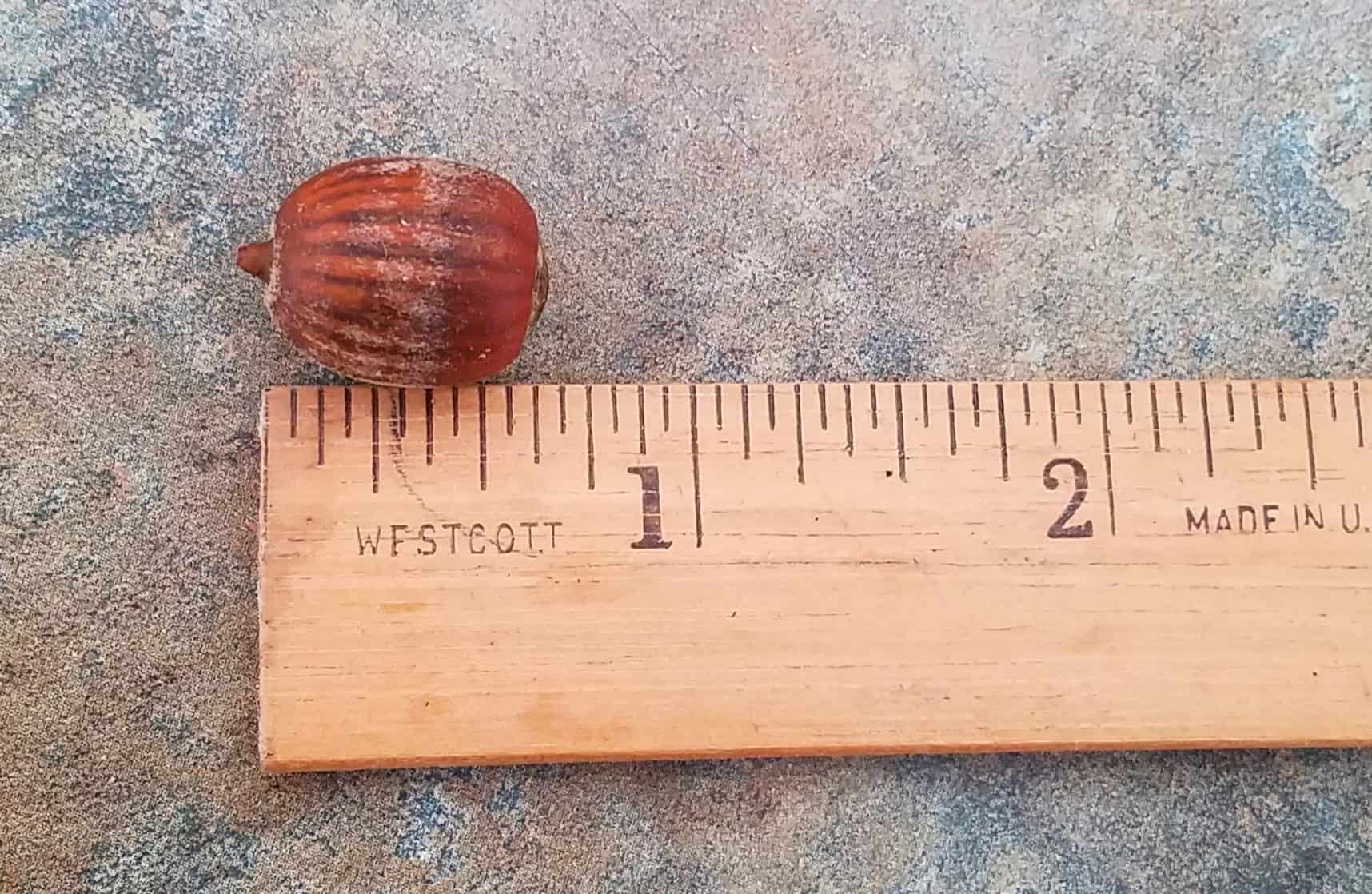
General
Black oak is a versatile tree that will grow in almost any soil type from sand dunes to clay. Among the largest of the eastern oaks, it is also one of the most drought resistant. A tree for all seasons - red fall color, glossy green in summer and velvety red new spring growth.
Plant Description
A member of the red oak group, Black Oak has a dark outer bark and an orange yellow inner bark, which can be used in identification. The leaves are dark green, pinnately lobed. The acorns are light green when young and are golden or brown when ready. The cap covers up to half of the acorn, and is scaled.
Height (ft)
50-60
Spread (ft)
Variable
Soil moisture
Low to Medium
Soil types
Fine to coarse in texture, can grow in rocky and gravelly soils
Shade tolerance
Sun to Shade
Bloom color
Yellow
Bloom period
Spring
Fall conspicuous
Yes
Anaerobic tolerance
Low
Drought tolerance
Low
Salinity tolerance
None
Self-Pollinating?
Yes
Range
Black oak is found throughout the eastern half of the United States. Within New England, it is most common in Massachusetts, Connecticut, and Rhode Island, and southern Vermont, New Hampshire, and Maine.
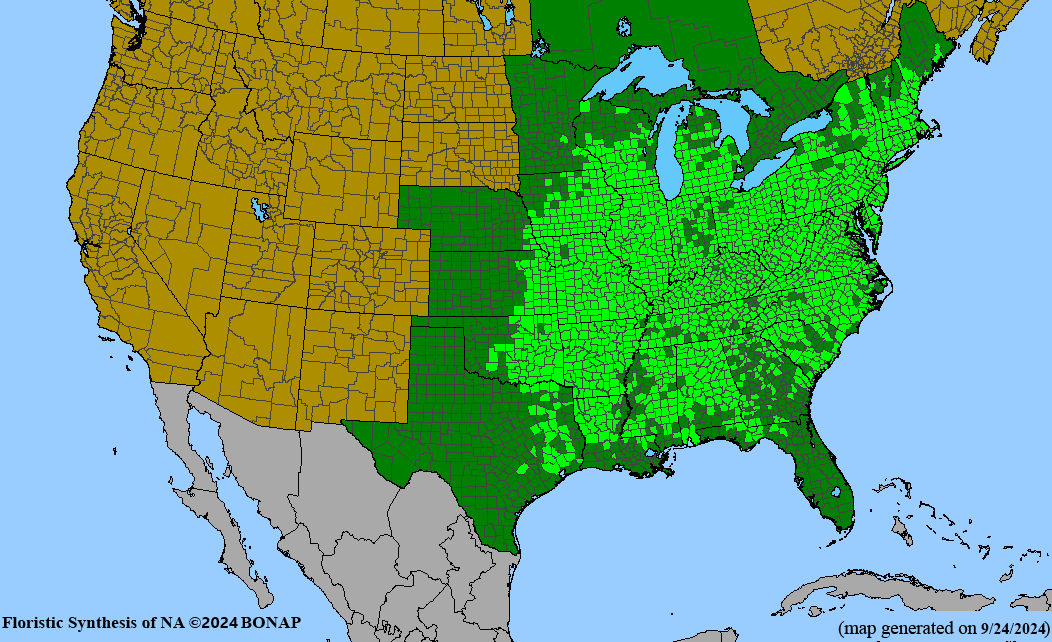
Kartesz, J.T. 2024. Floristic Synthesis of North America, Version 1.0. Biota of North America Program (BONAP) [website http://bonap.org/]
